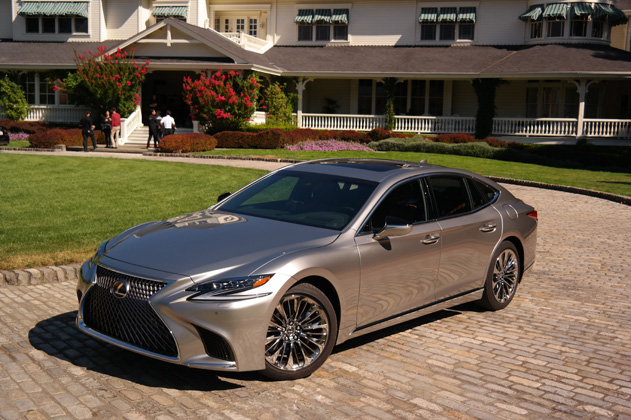 Why the least expensive Lexus LS, the LS 350, could also be the best choice in Singapore
Why the least expensive Lexus LS, the LS 350, could also be the best choice in Singapore
San Francisco
The most successful recipe for a luxury limousine in Singapore is to have a full-sized body with a modest engine. Unlike Japan and South Korea, where the BMW 760Li and Mercedes-Benz S 600 can often be seen on every street corner of a major financial district, Singapore’s favourite big limos and sedans have always been cars like the S 300 L and 730 Li.
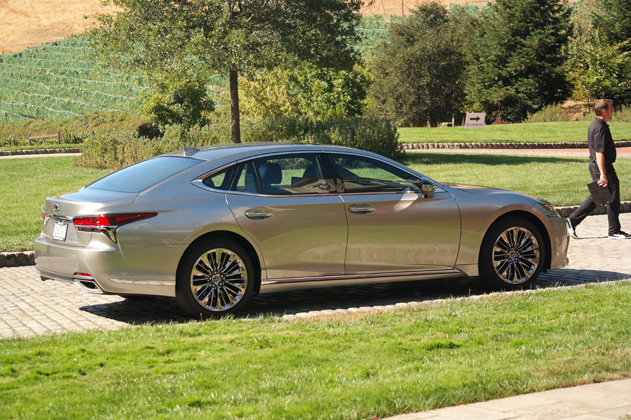
That left the fourth-gen LS at a distinct disadvantage, since the 4.6-litre V8 and the tech-flagship LS 600h L were the sole choices globally, but that changes now with the LS 350 you see here, which is powered solely by a non-turbocharged, naturally-aspirated 3.5-litre V6.
Lexus representatives say it’s expected to perform best in places like China and Russia where the big car / small engine ethos exists thanks to tax breaks or power caps. Naturally as the inaugural ‘entry-level’ LS, it seems dead set to be the volume seller for Singapore too.
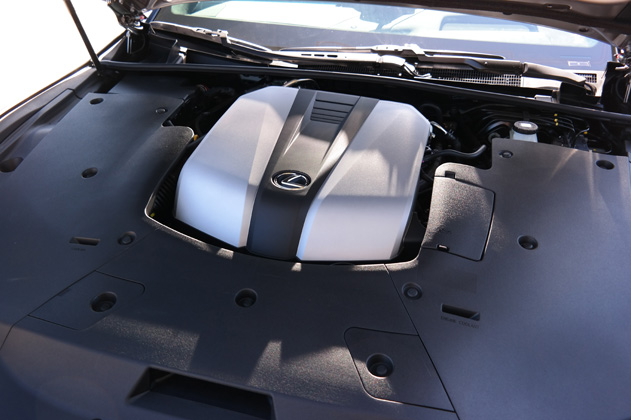
Under the hood lies a new 3.5-litre V6 engine that is pushed far backwards and sits behind the front axle. The engine, codenamed 8AR-FKS, is closely-related to the unit powering the hybrid (8AR-FXS) and is an evolution over the current, naturally-aspirated 3.5-litre V6 (2GR-FKS) found in extant cars like the RX 350 and GS 350.
The good thing is that the LS 350 isn’t a big car with an under-powered engine, if anything, like it did with its excellent 5.0-litre V8 performance power unit in F cars, Lexus proves there’s lots of life in the naturally-aspirated engine.

The LS 500 turbo has the best straight-line speed, followed by the hybrid, but the 3.5-litre doesn’t feel like it’s napping on the job either. Nail the throttle and you do feel a difference as the V6 spools up more gradually, and it may lack the punchy turbo oomph of a forced induction engine, but its cultivated and linear method of smoothing on the velocity makes a very good impression.
In fact, it reminds us that for traditionalists hankering for the now unique feel of a capable naturally-aspirated engine doing its thing, this is pretty much the only velvet, naturally-aspirated horse in the luxury limousine game now.
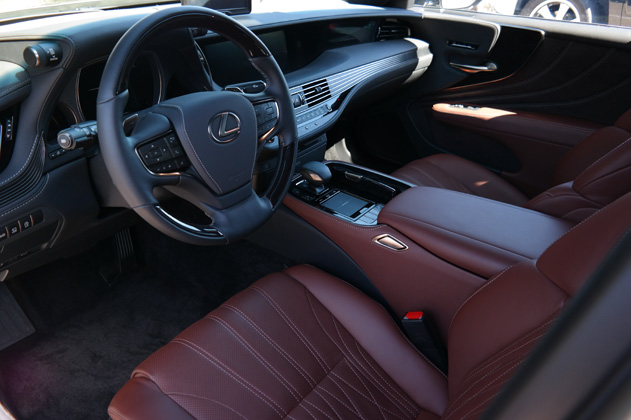
The LS 350 also overcomes a complaint about classic big-limos with small engines, they being not particularly quick. 0-100km/h is done in 6.5 seconds, not fast by modern standards, but certainly no laggard, and from our short test drive seems it’s also not a obdurate gas guzzler either.
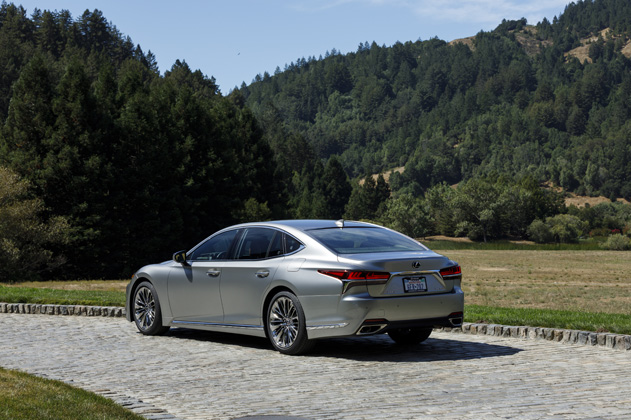
The 10-speed automatic is likely a key contributor to the overall performance, and confirms our opinion that it’s the best automatic transmission in the luxury segment right now, though at 9.6L/100km the car’s overall fuel efficiency isn’t the best.
A redeeming point is that the car carries less weight than any other LS - with an average kerb weight of 2,118kg, it’s approximately 80kg and 148kg lighter than the turbo and hybrid respectively, and that allows the 350 to be something of a sleeper hit when it comes to driving fun.
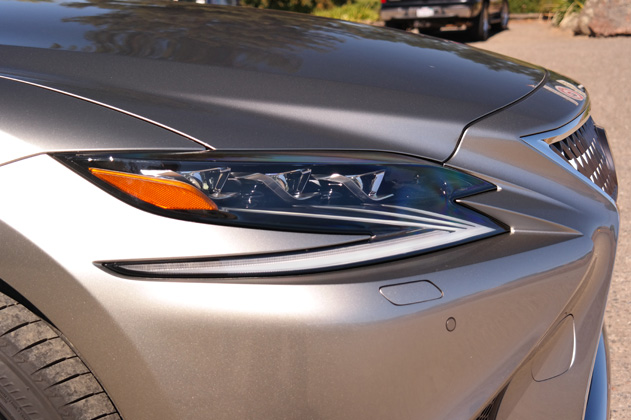
In a straight line, the LS has all the composure of its brothers, with less speed. But come the fun stuff and twisty tarmac, the LS 350’s lack of weight is immediately apparent through an even quicker steering response and transparency of the front end. Out of the three LS variants, this is the most willing dance partner for the Black Tarmac Snake Shake.
There’s more evidence that the LS 350 might be the most fun to drive LS as well.
Assistant Chief Engineer Kishida says that the new LS sheds more than 50kg from the previous model, but safety and on-board equipment levels bring total kerbweight back up to roughly equal.
Given the LS 350 needs to be positioned as the least expensive, that also means it will probably come will less equipment (non adjustable rear seats, fewer active safety systems and so on), which will also accentuate its weight loss further, presumably boosting driving fun even more.
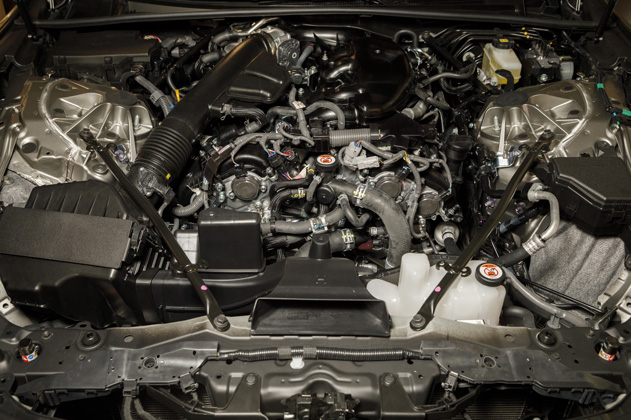
In Singapore, it’s also likely that we’ll get an LS 350 F Sport, which would take things up a notch further with better brakes and a sportier suspension setup, along with the usual F Sport touches of dark chrome wheels and racier interior furnishings.
While the LS 500 twins grab the headlines for high-tech wizardry and more performance, it’s the LS 350 that gets out vote for most fun. In a way, it’s the most conservative - with a refined 3.5-litre NA engine that’s not focused on punch and speed in the traditional Lexus - and yet it’s also the easiest to drive hard.

In the era of the fourth-gen LS, if you said that in future an entry-level LS that kicks serious butt in the driving performance department would be made, people would have looked told you to stop spouting loony shit. That it’s true now shows just how far the LS has come, and in every level of pricing.
While its eco-credentials are nothing to crow about, it’s probably here that the LS will make the biggest steps in ramping up adoption.
Lexus LS 350 Engine 3,456cc, 24v, V6 Power 311hp at 6600rpm Torque 380Nm at 4800-4900rpm Gearbox 10-speed automatic Top Speed 250km/h 0-100km/h 6.5 seconds Fuel efficiency 9.6L/100km CO2 No Data Price $TBA Agent Borneo Motors Availability 2018
Verdict Natural aspiration and less weight spell for what could be the purest LS driving experience
Also Consider: Mercedes-Benz S 400, BMW 730i
For more information flip to the CarBuyer Guide


